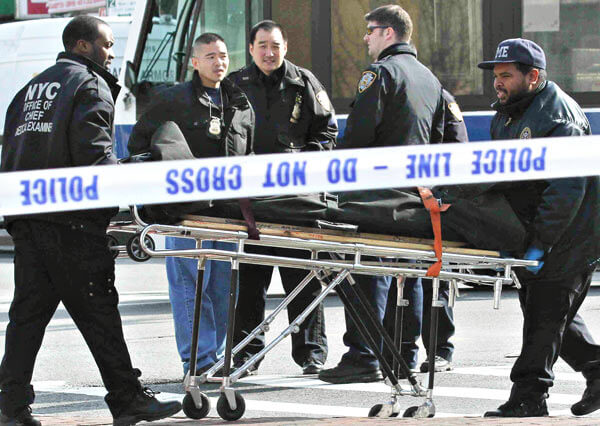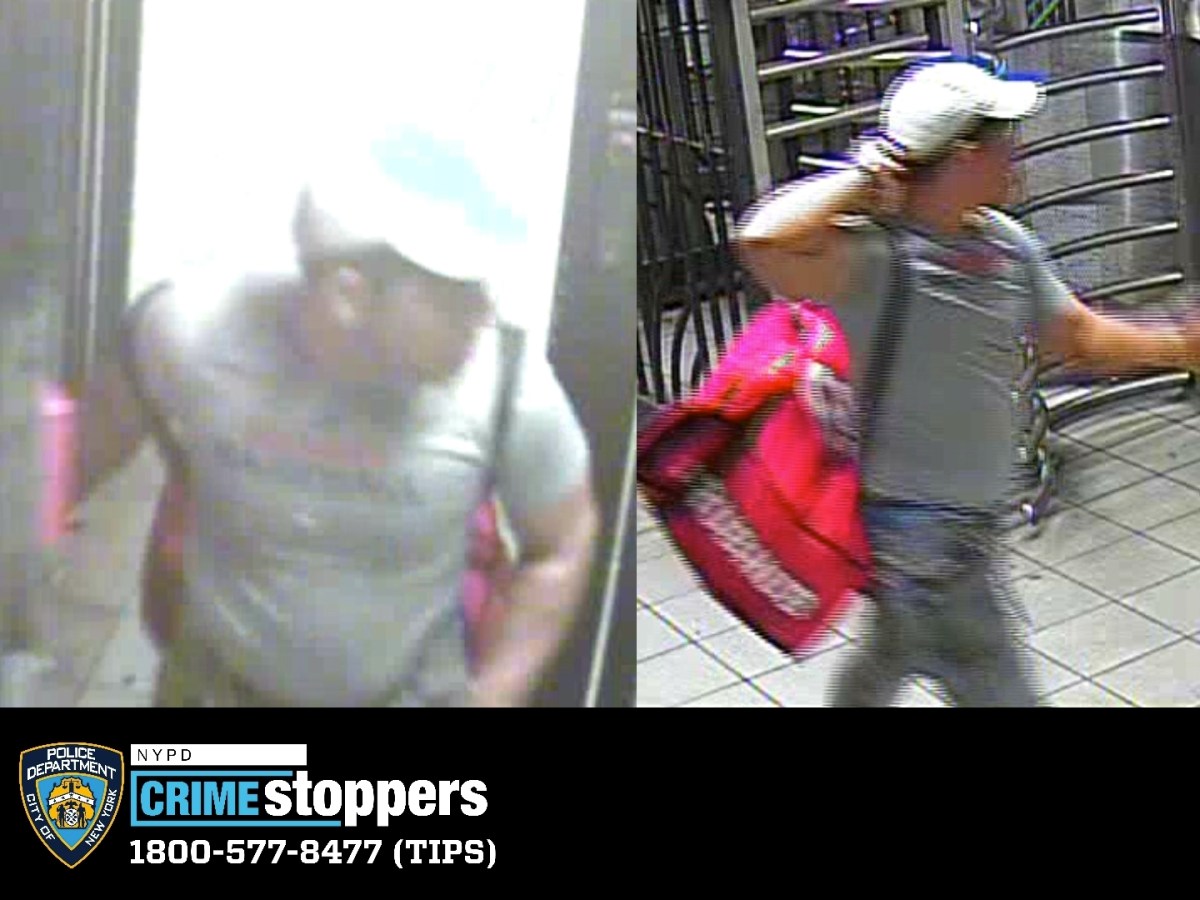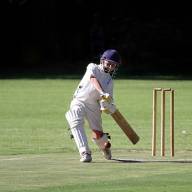By Joe Anuta
The city Department of Transportation has finally released its study of the 2010 changes to downtown Flushing traffic flows and touted the results as generally positive.
“Overall, the project improved mobility of vehicles and pedestrians while also showing positive safety results,” DOT said in the report.
In 2010, the city responded to complaints about congestion and a high number of accidents in the downtown area with a plan to change traffic flow patterns and expand sidewalks.
The result was an increase in travel speeds along many streets in the area but fewer accidents — specifically a 55 percent decrease in motor vehicle occupant injuries and a nearly 30 percent decline in overall injuries.
During the evening rush hour, eastbound travel times on eastbound Northern Boulevard — measured from Prince to Bowne streets — fell by 16 percent for a drop of 26 seconds and westbound by 15 percent for a savings of 24 seconds, according to the report.
The largest decrease in evening rush hour travel times was on eastbound Roosevelt Avenue between Prince and Union streets — a decrease of more than minute.
But southbound travel times on Main Street between Kissena and Northern boulevards in the morning increased by 11 percent — an addition of 13 seconds, according to the report. That number was one of two study areas that increased out of 40 streets covered in the report.
Downtown Flushing also became safer, according to the report.
Car crashes declined by 20 percent compared with the averages for the three years before the study was done.
Pedestrian injuries were down only 8 percent overall, but at the two most dangerous intersections in the area, decreases fell by double-digit percentages.
At Northern Boulevard and Union Street — where a 22-year-old woman named Meilan Jin was killed by a Metropolitan Transportation Authority bus Feb. 22 — pedestrian injuries were down 18 percent, according to the report.
At Roosevelt Avenue and Main Street — where nearly 100,000 people per day trudge between the No. 7 train, the Long Island Rail Road and an array of buses — pedestrian injuries were down 29 percent.
Community Board 7 Chairman Eugene Kelty had not had time to fully inspect the report’s findings as of press time Tuesday, but he did say, after a cursory glance, that the report seemed positive.
“I do think that certain things about it are good,” he said. “I’m glad that it is working.”
Kelty said he would reserve full judgment until after he poured over the details, but he already knew of one that was missing.
The proposal paints a rosy picture of traffic improvements in Flushing, but with several multimillion-dollar construction projects looming in the offing, the congestion is bound to get worse.
Flushing Commons is set to take up the entire footprint of Municipal Lot 1 and the Macedonia AME Church is planning a massive expansion project, both of which will throw a wrench in the traffic patterns.
“This the control environment. Let’s see what happens when the problems start coming in,” he said. “I would like to re-evaluate it when we have these impacts.”
While Kelty seemed positive about the results of the study, he was not happy about how long it took.
The DOT was supposed to have the study ready in January 2010, he said, so it reached the CB 7 desk over a year late.
The study mitigated the traffic problems by instituting a number of turning prohibitions, such as banning left turns from Union Street onto Northern Boulevard and banning left turns from Northern Boulevard onto Main Street.
DOT also adjusted green light times, widened sidewalks and extended turning lanes on Northern Boulevard.
Reach reporter Joe Anuta by e-mail at januta@cnglocal.com or by phone at 718-260-4566.





























